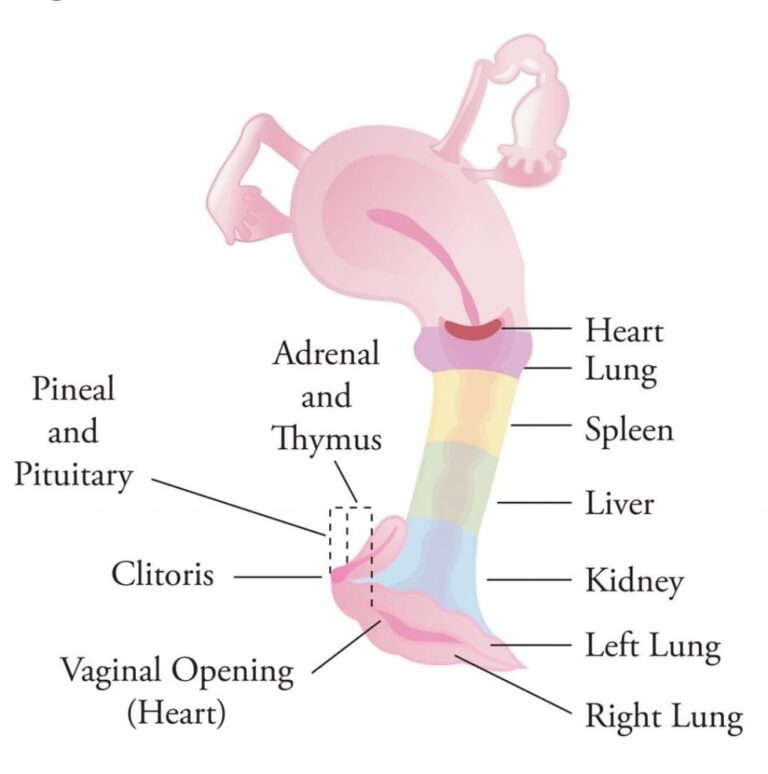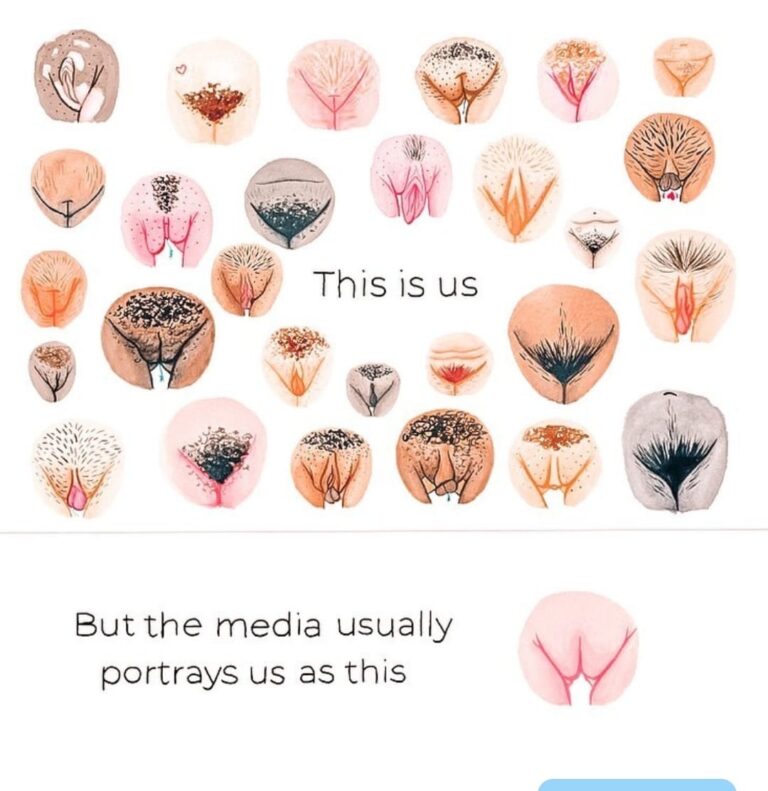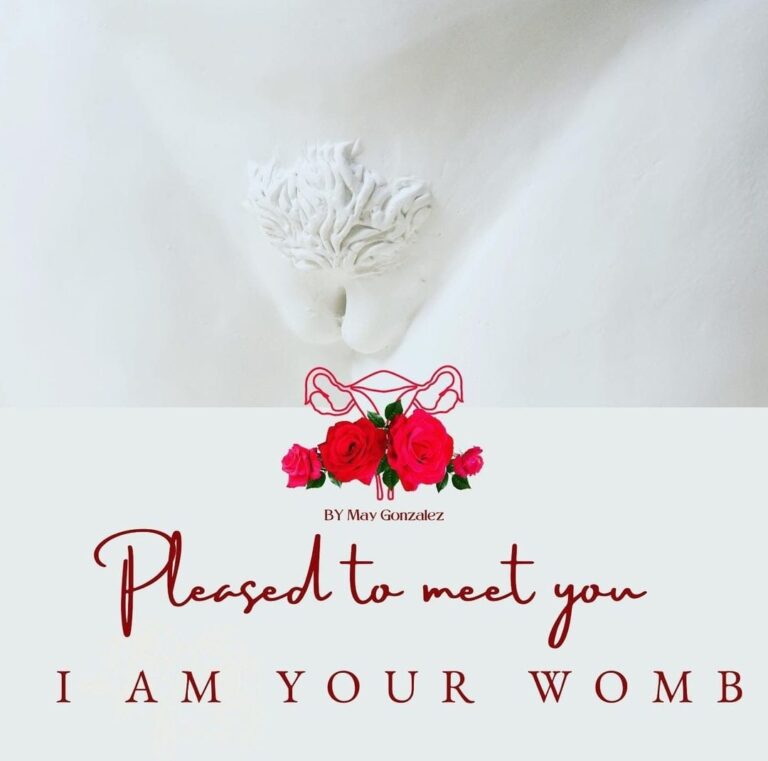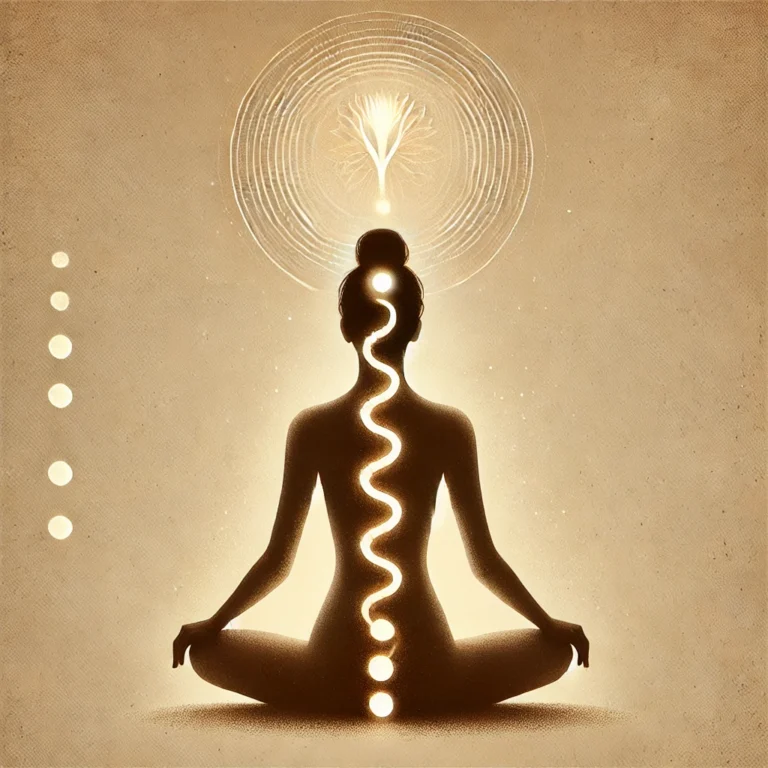The clitoris is one of the most misunderstood and underexplored parts of female anatomy, yet it is the epicenter of sexual pleasure and an essential organ for overall well-being. Unlike other reproductive organs, the clitoris is designed solely for pleasure. It plays a critical role in sexual satisfaction, intimacy, and self-awareness, making it one of the most powerful gateways to female empowerment.
Anatomy of the Clitoris
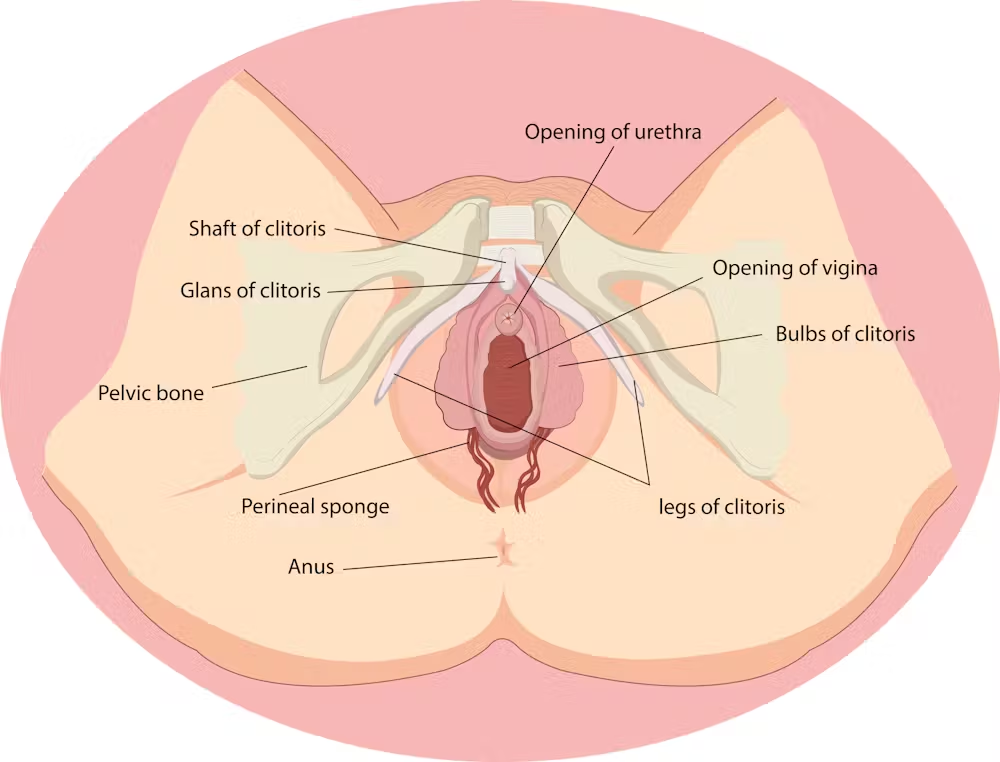
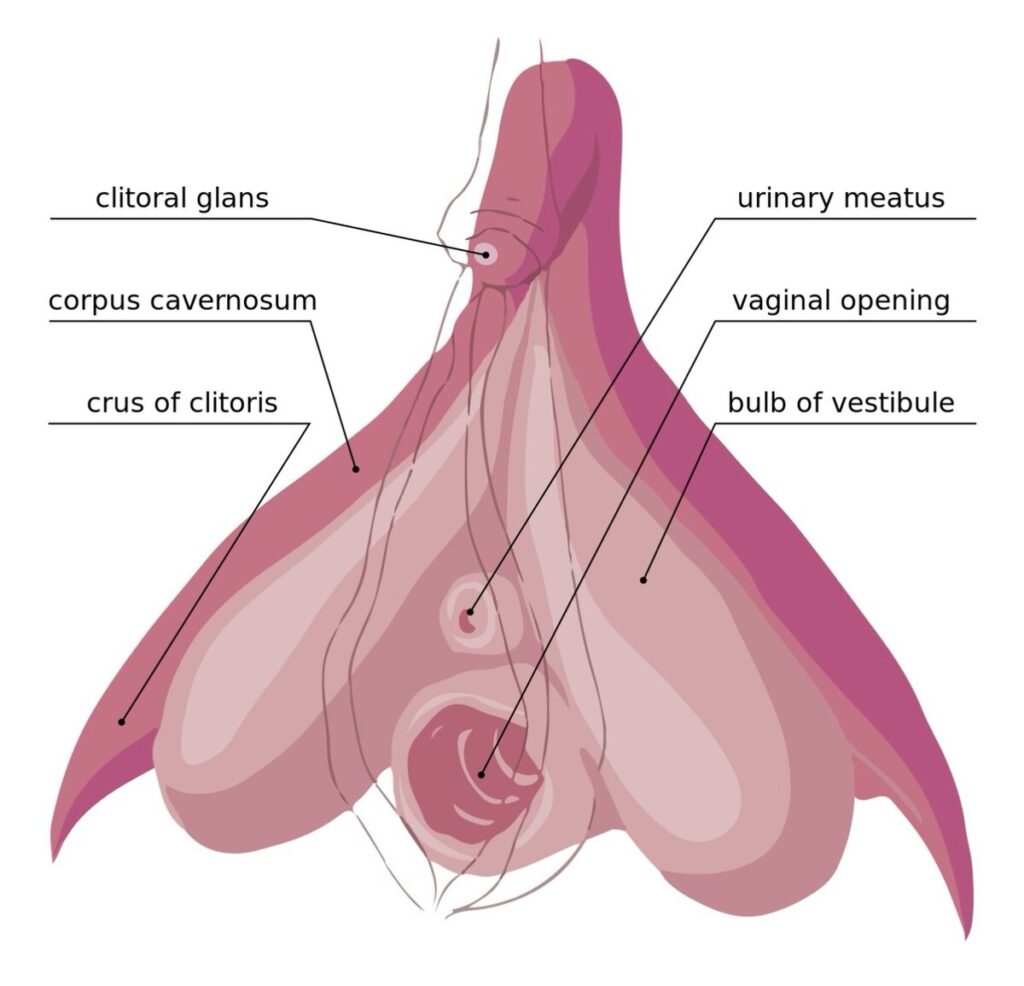
The clitoris is not just a small, external nub as it might seem. In fact, the visible part, known as the glans, is only a small portion of the entire organ. The clitoris extends deep inside the body, with internal structures that include the crura (legs), which stretch down either side of the vulva, and the bulbs, which surround the vaginal opening. When aroused, these internal parts swell, intensifying sensation and pleasure.
With over 8,000 nerve endings—more than any other part of the human body—the clitoris is highly sensitive and responsive to touch. Its only function is to provide pleasure, a unique characteristic that underscores its importance in female sexual health.
History and Culture
Historically, the clitoris has been a subject of misinformation, mystery, and taboo. In many cultures, it has been ignored or actively suppressed, often due to societal beliefs around women’s sexuality. It wasn’t until the late 20th century that the full structure of the clitoris was studied and understood, shedding light on its essential role in female pleasure.
In recent years, there has been a growing movement toward reclaiming the clitoris as a symbol of female empowerment. Feminist scholars, sexologists, and activists emphasize the importance of understanding the clitoris not only for sexual pleasure but as a pathway to self-acceptance and body autonomy.
Sexual Health
Understanding the clitoris is key to achieving sexual health and satisfaction. Many women may not be fully aware of its structure or how to engage with it during intimacy, which can lead to frustration or unfulfilling sexual experiences.
Stimulating the clitoris through touch, oral sex, or vibrators can enhance arousal, lead to orgasm, and increase intimacy in relationships. Clitoral orgasms are distinct in that they can be more intense and localized compared to vaginal orgasms, though they can also trigger deeper, full-body sensations when combined with internal stimulation.
Moreover, healthy sexual expression through clitoral stimulation can have numerous benefits, including:
- Release of stress and tension
- Improved sleep
- Enhanced mood and emotional well-being
- Strengthening of intimate bonds
Exploring the clitoris through self-pleasure is also an important aspect of sexual wellness. By engaging in solo sexual practices, women can discover what feels good for their bodies, leading to a deeper connection with themselves.
Spiritual Significance
In certain spiritual traditions, the clitoris is more than just an organ for sexual pleasure—it is a portal to deeper feminine energy. In Taoism, for instance, the clitoris is linked to the cultivation of Jing (life-force energy). Through mindful stimulation, women can channel this sexual energy to nourish their bodies and enhance their spiritual growth.
In Tantra, the clitoris is considered a sacred center of Shakti (divine feminine energy). By awakening the clitoris, women can activate their kundalini energy, accessing deeper levels of sensuality, creativity, and spiritual awakening.
Reclaiming the Clitoris: Empowerment through Pleasure
For too long, women’s pleasure has been sidelined or misunderstood. Reclaiming the clitoris is an act of empowerment and liberation. When women understand their bodies and feel confident in exploring their pleasure, they unlock a new dimension of personal power. The clitoris, once hidden and overlooked, is now becoming a symbol of sexual autonomy and self-love.
To truly embrace its power, education about the clitoris needs to be normalized. Open conversations about pleasure and anatomy, whether in schools, relationships, or social spaces, are essential for breaking down taboos and promoting healthier attitudes toward female sexuality.
Conclusion
The clitoris is far more than a small external organ—it’s a gateway to deeper sexual satisfaction, intimacy, and self-empowerment. As understanding and appreciation of the clitoris grow, so too does the recognition of women’s pleasure as an integral part of health and well-being. Embracing the clitoris in all its complexity can lead to a more fulfilling, empowered, and connected experience of self and sexuality.

When combined, somatic sexology and womb medicine create a holistic approach to sexual and reproductive health, often empowering individuals to reclaim their bodies, heal from trauma, and foster a deeper connection with their own sexuality and creative life force. This integrative practice can be particularly beneficial for those dealing with issues like sexual dysfunction, menstrual irregularities, fertility challenges, or trauma related to childbirth, sexual abuse or abortion.




